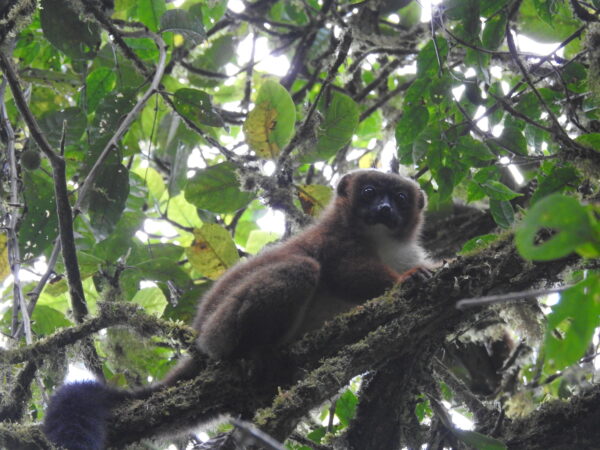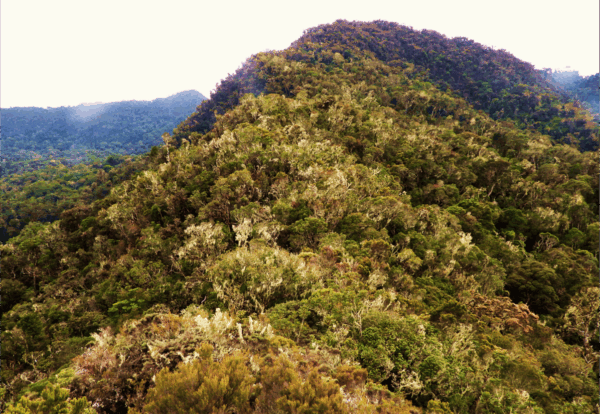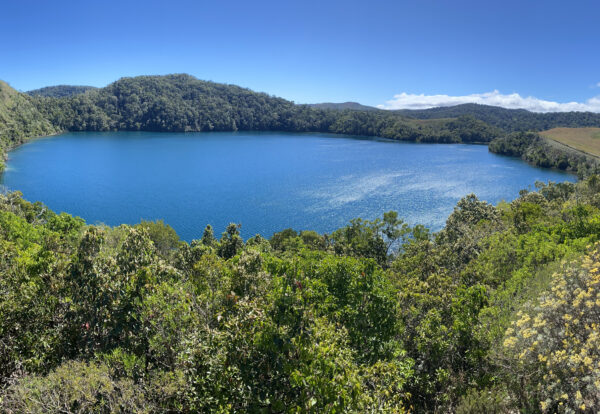
Empower Local Communities to Protect Lemurs in the Bemanevika and Mahimborondro Protected Areas
Project description
The project aims to strengthen the capacity of local communities to improve lemur conservation in the Bemanevika and Mahimborondro Protected Areas. These areas are home to endemic lemur species that are increasingly threatened by habitat disturbance and forest loss. Local communities, who live near the protected areas, rely heavily on natural resources and often use fire for pasture maintenance and agricultural land clearing. These practices have contributed to a significant reduction in forest cover, with an annual deforestation rate estimated between 0.57% and 1.36% over the past two decades.
To address this, the project focuses on reinforcing community-based monitoring, control, and surveillance systems, as well as building local capacity. It also includes the development of a local strategy for fire prevention and management. Sustainable alternatives are being offered to local populations, and the involvement of young researchers will help enhance the effectiveness of reforestation efforts and lemur monitoring.
This project is implemented by the Peregrine Fund.
Threats

Climate change

Habitat loss & degradation

Human-wildlife conflict
Project objectives
The project aims to improve the conservation status of lemurs in the two Protected Areas of Bemanevika and Mahimborondro, located in the Sofia Region, Bealanana District, Madagascar. These two Protected Areas cover 110,687 hectares, of which 67.67%—approximately 74,900 hectares—consist of dense humid forests, the natural habitats of lemurs, which are primarily threatened by fire.
Through forest cover analysis, degraded areas within the two Protected Areas will be identified, and 35 hectares will be selected for reforestation and forest enrichment activities. In parallel, the project seeks to implement a pressure mitigation strategy based on local stakeholder participation, capacity building in natural resource management, and the socio-economic empowerment of vulnerable households.
Project activities
Five main components are considered, with the first two involving young Malagasy researchers:
- Analysis of the conservation status of lemurs and their habitats: This includes the assessment of forest cover in both the site and restoration areas, the census and monitoring of lemurs, and the collection of data on tree species that serve as food sources for the Eulemur lemur species.
- Forest restoration: This includes reforestation in degraded areas using native species and forest enrichment activities.
- Mitigation of pressures and threats to lemurs and their habitats: This will be achieved through the training of community agents and the provision of equipment, particularly for fire management.
- Information, education, and communication: This involves awareness-raising campaigns at both the regional and village levels, as well as scientific knowledge sharing.
- Promotion of alternative livelihoods for local communities: Activities include agroforestry, poultry farming, and the promotion of improved cookstoves.






